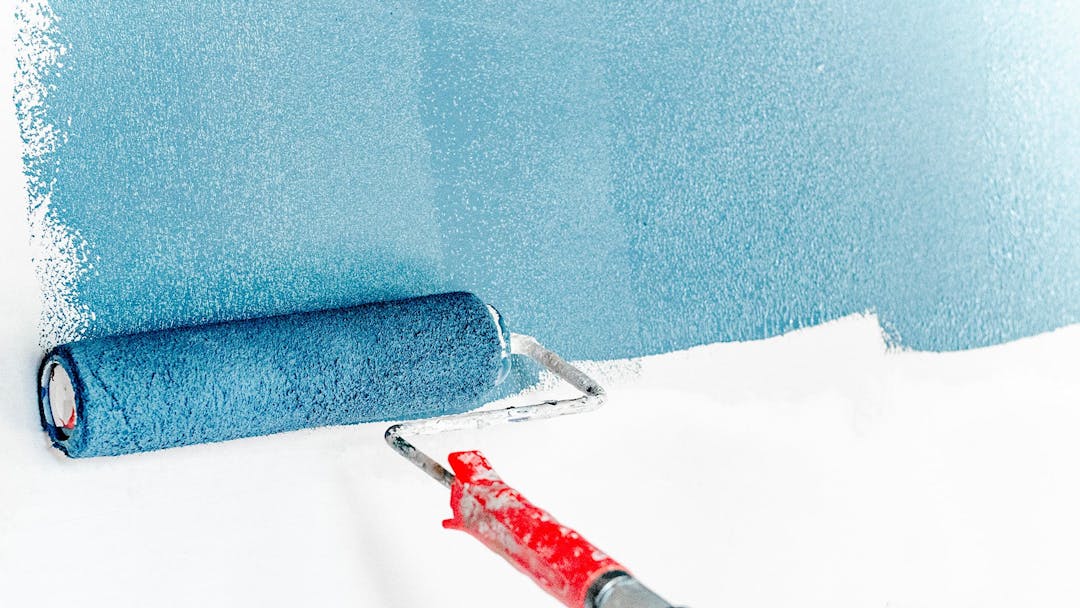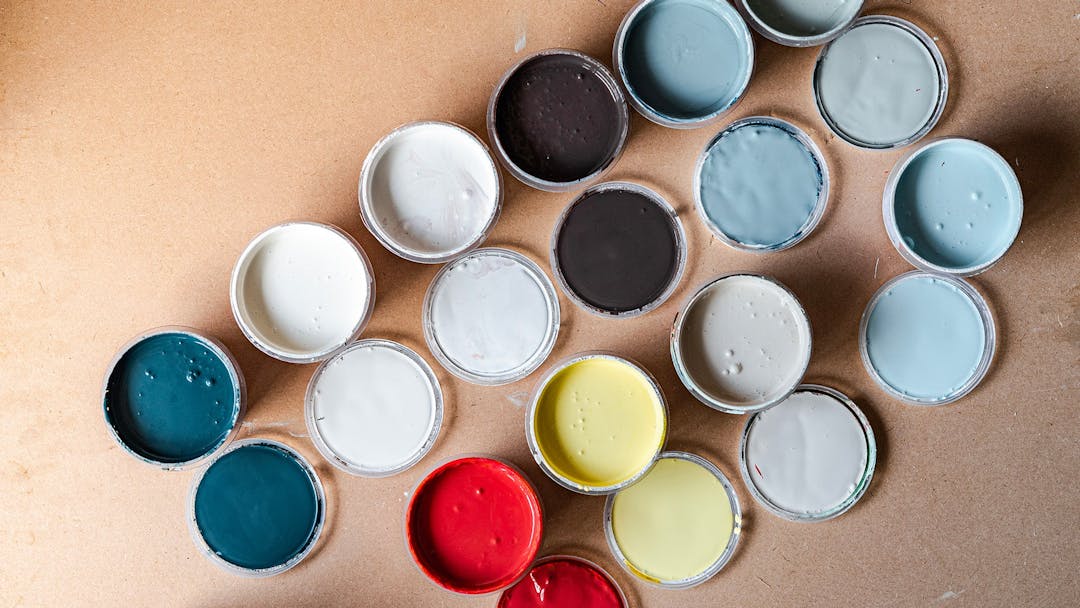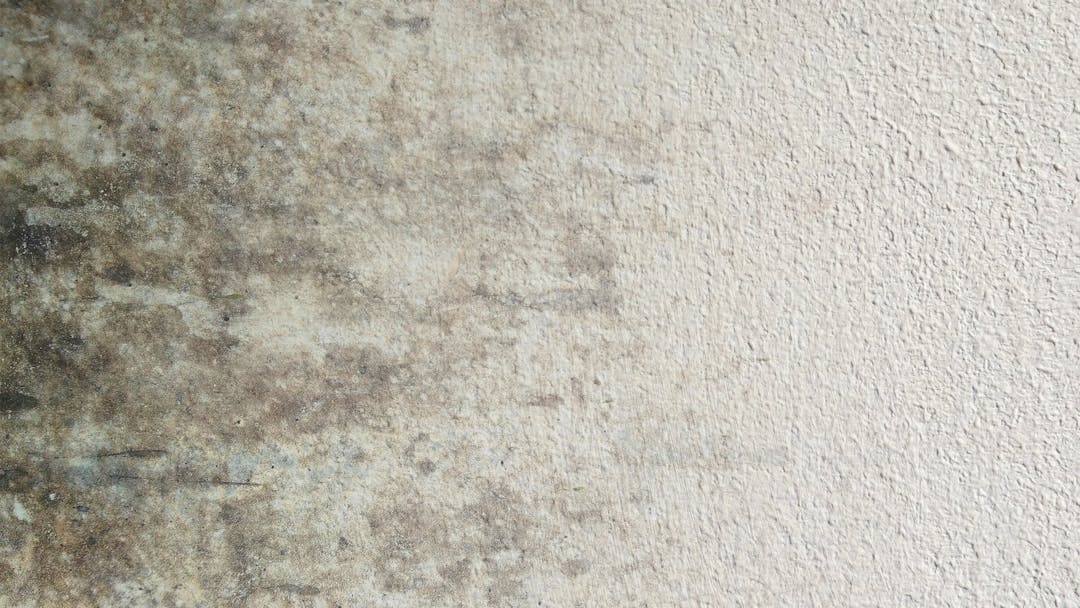Painting the walls of one's home can give great satisfaction. By organizing the work well and choosing the right products to apply, excellent results can be achieved.
However, to paint your house properly, without hiring a specialized company, you also need to know some technical principles and small tricks of the trade.
In this article you will find valuable advice regarding:
- Painting interior walls: choosing the right paint
- Before painting what should be done?
- Should the ceiling or the walls be painted first?
- How to paint the walls of the living room
- How to paint the walls of the kitchen
- How to paint the bathroom
- How to paint the bedroom
- How to paint an already furnished house
Interior wall painting: choosing the right paint
Interior wall painting is a routine maintenance work that provides several benefits:
- It renews or changes the appearance of rooms;
- Makes rooms cleaner;
- It disinfects the walls and increases the level of hygien
Among other benefits, changing the color of walls allows you to optimize or revolutionize the mood of your home, bringing freshness, order, original touches and design.
To achieve excellent results, it is important to choose the right paint for your project. The first tip is to opt for a completely water-based paint with active ingredients that counteract the formation of mold, stains or blackening of walls.
You must also carefully consider the quality of the product, because low-priced temperas or paints are easily soiled and cannot be removed, so it is recommended to use washable, stainable, high-quality water-based paints.
Before painting what should be done?
Before painting you need to take a look at the state of the walls to choose the most appropriate intervention and paint. Check that:
- There are no cracks, otherwise you need to intervene with paste putty or acrylic sealer that can be overpainted.
- There are no holes or cracks, if present you must apply paste wall putty.
- There is no mold, if not, disinfect with specific products.
- There are no flaking parts, which should be removed and grouted with wall putty.
- The old paints are not very dusty or very absorbent, if they are you must apply a preparatory coat with consolidating wall fixative.
- Moisture is not present, which forms mainly in the lower parts of houses and is evidenced by the presence of saltpeter (white powder that causes paint flaking and plaster cracking). If there is moisture, the plaster should be removed and shaved with appropriate products.
- Let there be no yellow stains due to water seepage into the plaster, due to internal pipe cracks or poor wall insulation from the outside. In this case, in addition to identifying the cause and restoring the surface, you must wait for the damaged part to dry completely and intervene with suitable stain-covering primers.
In addition, before painting it is necessary to mask with masking tape skirting boards, doors, windows, and cover with transparent film covering the floor, furniture and objects in the room.
Remember that carefully performing these preparatory steps results in an excellent paint result and time saved in cleaning up splashes and drops of paint that have fallen on what has not been protected.
Should the ceiling or the walls be painted first?
Wondering whether it is better to start painting the ceiling or the walls of a room is right, because performing these operations in the right order avoids minor problems that would result in further corrective work.
The advice in this case is to follow what the professionals do, which is to proceed by painting the ceiling first and then finishing with the walls.
Conversely, painting the ceiling after the walls may accidentally drop splashes and drops of paint, which must be removed or covered with a new coat.

How to paint the walls of the living room
The living room is the most lived-in part of the house; it is the place where you receive friends, watch TV with the family, and where you put your valuables on display. For this reason, it is advisable to choose shades that match the style of the furniture or highlight its features and, most importantly, reflect your personality.
Washable paint is the most suitable for painting the walls and ceiling of the living room and, given the high volume of people passing through, it is essential that it is of good quality and can be cleaned easily.
If you want to brighten up your living room, you should choose light colors; white, light blue or pastel green, soft gray, and powder pink are fine, but you can also opt for a bright hue such as yellow or orange.
If, on the other hand, you want to achieve a warmer environment you can opt for intense shades of red, brown, ochre.
How to paint the walls of the kitchen
The kitchen is the area of the house where tools and appliances are used to prepare dishes, cook food, and wash dishes, so a lot of vapors and condensation develop, as well as splashes of all kinds. Consequently, we advise you to go for the purchase of an anti-mold, superwashable and easily stainable paint.
This room has special characteristics: it can have entire walls with furniture attached to the wall, there are many foods and utensils, it can be closed or open to the living room forming an open space. So you need to pay close attention at every stage of the work.
To achieve a perfect kitchen paint job you need to perform the following steps:
- Choose the color or colors that enhance the room (take into account the size and furniture present);
- Check the condition of the walls and ceiling, possibly correct defects/damage;
- Cover anything that does not need to be painted with tarps and tape;
- Paint the ceiling then the walls;
- Make touch-ups if necessary;
- Let to dry.
How to paint the bathroom
The bathroom, even more so than the kitchen, is difficult to paint, because condensation and vapors are generated in this room, which in the long run can cause mold and mildew on the walls.
To paint the bathroom you must use washable paints with specific anti-mold properties. This expedient will allow you to have a toilet in perfect condition for a long time.
In this room, preparation works require a lot of patience, because sanitary ware, tiles, shower stall and everything that can neither be painted nor moved must be protected.
In addition, we recommend that you also equip yourself with narrow brushes with long handles to paint the places that cannot be reached with wide brushes or a roller, for example, behind the bathroom fixtures.
One more tip: Choose the color to apply to the walls based on the size and lighting of the bathroom. If it is small and has little natural light, opt for white, while if it is large and well lit you can also indulge in more intense or eccentric hues.
How to paint the bedroom
The bedroom is the room in the house where we spend the most hours of the day, even while sleeping, and where we have an interchange through nighttime breathing of nearly 6 liters of vapors per person.
Air hygiene is especially important, consequently it is essential that the surrounding walls are healthy, clean, and free of mold and health-threatening microorganisms.
If you want to take care of the healthiness of the bedroom, you should paint it with a high-quality paint that has specific anti-mold and bacteriostatic properties.
As for colors, you should choose soothing or neutral shades, avoiding stimulating or somber hues, e.g. red, orange, purple, indigo.
How to paint an already furnished house
It often happens that you have to paint a home that is already furnished and, of course, it is more labor intensive than painting an empty one.
It is a good idea to clear the walls and, if space permits, to bring all furniture toward the center of the room so that all surfaces that need to be painted can be easily reached.
As we have already pointed out several times, it is essential to protect the floor, doors, fixtures, furniture and objects from any drops of paint, taking care to apply masking tape and tarps cover everything.
Keep in mind that painting an entire house takes several days of work. If you have to paint rooms in the place where you live, a good way to proceed is to start with one room, finish it and move on to the next, so that you don't have the whole house turned into an impassable construction site.
Do you want to paint your house, get excellent results and buy only the paint you need? Discover VERNICE and create custom colors for your walls.




